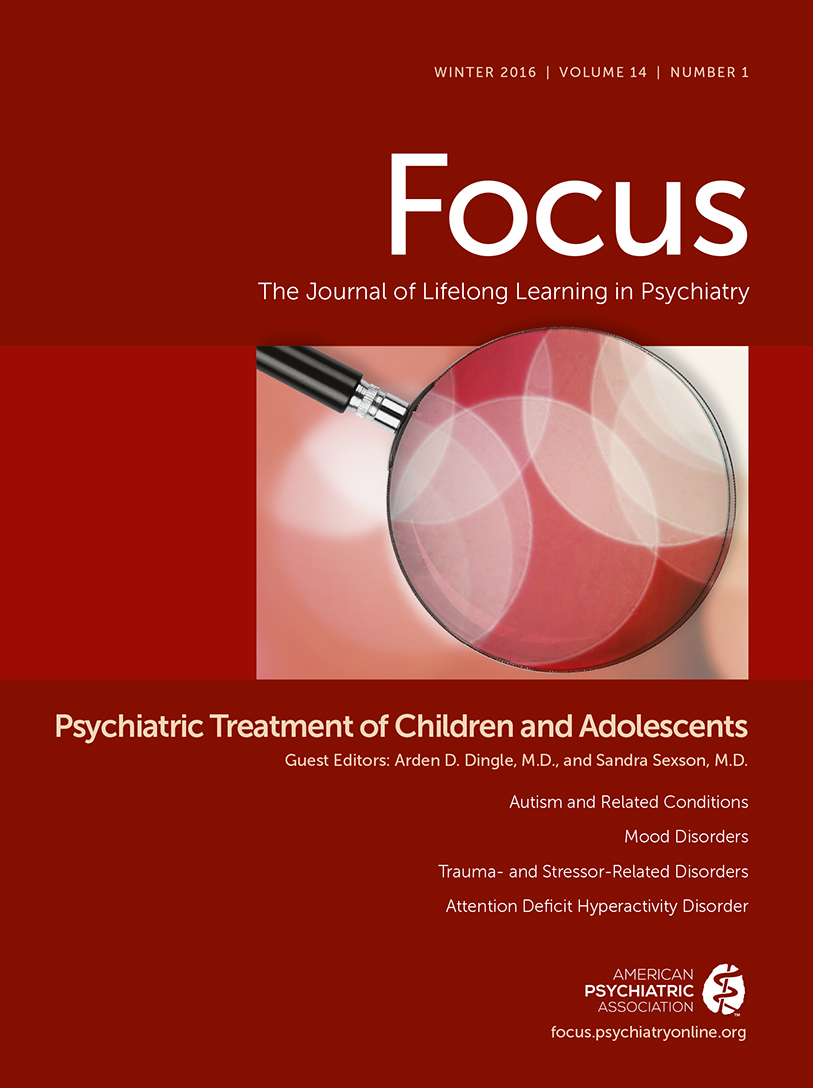Effect of Treatment Modality on Long-Term Outcomes in Attention-Deficit/Hyperactivity Disorder: A Systematic Review
Abstract
Background:
Evaluation of treatments for attention-deficit/hyperactivity disorder (ADHD) previously focused on symptom control, but attention has shifted to functional outcomes. The effect of different ADHD treatment periods and modalities (pharmacological, non-pharmacological, and combination) on long-term outcomes needs to be more comprehensively understood.
Methods:
A systematic search of 12 literature databases using Cochrane’s guidelines yielded 403 English-language peer-reviewed, primary studies reporting long-term outcomes (≥2 years). We evaluated relative effects of treatment modalities and durations and effect sizes of outcomes reported as statistically significantly improved with treatment.
Results:
The highest proportion of improved outcomes was reported with combination treatment (83% of outcomes). Among significantly improved outcomes, the largest effect sizes were found for combination treatment. The greatest improvements were associated with academic, self-esteem, or social function outcomes. A majority of outcomes improved regardless of age of treatment initiation (60%–75%) or treatment duration (62%–72%). Studies with short treatment duration had shorter follow-up times (mean 3.2 years total study length) than those with longer treatment durations (mean 7.1 years total study length). Studies with follow-up times <3 years reported benefit with treatment for 93% of outcomes, whereas those with follow-up times ≥3 years reported treatment benefit for 57% of outcomes. Post-hoc analysis indicated that this result was related to the measurement of outcomes at longer periods (3.2 versus 0.4 years) after treatment cessation in studies with longer total study length.
Conclusions:
While the majority of long-term outcomes of ADHD improve with all treatment modalities, the combination of pharmacological and non-pharmacological treatment was most consistently associated with improved long-term outcomes and large effect sizes. Older treatment initiation age or longer durations did not markedly affect proportion of improved outcomes reported, but measurement of outcomes long periods after treatment cessation may attenuate results.
(Reprinted with permission from PLOS One 2015; 10(2):1–19)



